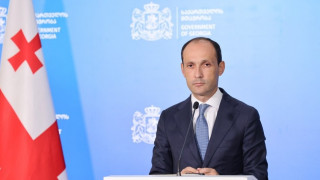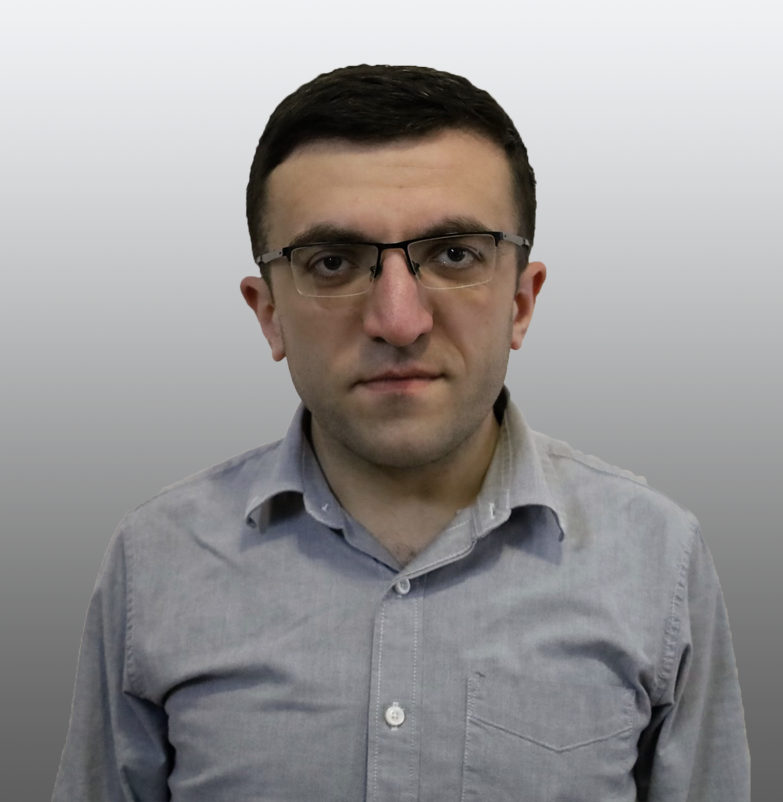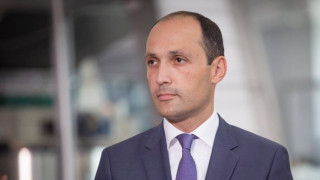Levan Davitashvili: “A total of 1.3 million visitors arrived in the country, surpassing the statistics from 2019. Importantly, over a million of the aforementioned figure were tourists.”
Verdict: FactCheck concludes that Levan Davitashvili’s statement is MOSTLY FALSE.
The distinction between international visits categorised as tourism or overnight and non-tourism is based on the objective of the visits with both types considered part of international traveller visits. However, all other types of international visits have declined apart from tourism visits as compared to the first quarter of 2019.
Levan Davitashvili highlighted a figure of 1.3 million and referred to visitors. If the Minister was referring to the number of international traveller visits, then the figure is accurate. However, it still represents a decrease of 317 thousand as compared to the first quarter of 2019. Conversely, if he was referring to visits by international visitors, then both the number and the comparison are incorrect as the aforementioned has decreased from 1.334 million to 1.157 million as compared to the first quarter of 2019.
Notably, tourism-type visits have increased by 57 thousand as compared to the pre-pandemic period, reaching 939 thousand rather than exceeding a million.
Overall, whilst there is a positive trend characterised by the increase of tourism income, the Minister did not address this point. Considering the statistical inaccuracies regarding visitors and tourists and the presentation of misleading dynamics, FactCheck concludes that Levan Davitashvili’s statement is MOSTLY FALSE.
Analysis
The Minister of Economy and Sustainable Development, Levan Davitashvili, underlined the tourism sector during his appearance on TV Imedi show Dghis Qronika (Daily Chronicle) on 22 April, stating: (from 4:42) “The data from the first quarter are significantly positive. A total of 1.3 million visitors arrived in the country, surpassing the statistics from 2019. Importantly, over a million of the aforementioned figure were tourists.”
The tourism sector peaked in 2019. Three out of the four quarters in 2020 remained stagnant. Signs of recovery started to emerge in 2021 with nominal income from tourism in 2022 surpassing that of 2019. Furthermore, real income also surpassed the 2019 figure in 2023. Despite the above, the shortfall in terms of tourist numbers could not be fully recovered.
According to international definitions, people who cross the border are categorised into various types:
1) International traveller is someone who moves between different geographic locations for any purpose and any duration. It excludes foreign citizens who are Georgian residents and includes Georgian citizens who are foreign residents.
2) International visitor is a traveller taking a trip to a main destination outside of his usual environment for less than a year for any main purpose (business, leisure, or other personal purpose) other than to be employed by a resident entity in the country or place visited. The group comprises of two subcategories: overnight visitors and same day visitors.
3) Other (non-tourist) - are characterised by the reason for which they are excluded from visitors: either being less than 15 years old or being within the usual environment.
To put it simply, a traveller encompasses all non-residents crossing the border. These travellers are then categorised into visits carried out by visitors and other types of visits. In turn, visitors are categorised as tourists and overnight visitors.
Graph 1: Tourism Statistics by Visit Type

Source: Ministry of Internal Affairs of Georgia
Levan Davitashvili remarked that 1.3 million visitors entered the country but this is inaccurate as 1.3 million were international travellers whilst the number of tourists amounted to 1.157 million, a figure 143 thousand less than the aforementioned. Additionally, neither visitors nor international travellers have exceeded the analogous figures from 2019.
Tourism-type visits are considered the most prosperous amongst international travellers. Whilst tourism visits have indeed increased as compared to 2019, contrary to the Minister’s statement, they have not exceeded a million but rather amounted to 939 thousand.
The number of visits conducted by international travellers has increased by 7.6% in the first quarter as compared to the same period the previous year. The statistic averaged at 10.4% from 2013 to 2019 based on data from all four quarters. Furthermore, the number of tourists has increased by 11% which is practically the same as the pre-pandemic average of 11.2%.
Whilst Levan Davitashvili did not highlight nominal income from tourism, it increased by 40% as compared to the pre-pandemic figures in the first quarter from USD 578 million to USD 808 million. However, considering USD inflation, the growth rate reduces to 14%, as the USD 578 million in 2019 holds the same purchasing power as USD 706 million in 2024. Furthermore, the 1.5% nominal growth as compared to 2023 actually marks a 2% decrease.
Considering country-level data, a substantial 31% decrease is observed from Belarus, 36% from Russia and 41% from Ukraine. Monetarily, this decline constituted USD 126 million with the majority (USD 95 million) attributed to Russia.
Despite Russia’s share in income decreasing from 34% to 21%, it remains the top country in the first quarter of 2024. Additionally, in terms of the number of visitors, it holds the second position after Turkey.
The National Bank of Georgia reports that 34% of Belarusian citizens, 26% of Ukrainian citizens and 30% of Russian citizens currently residing in Georgia as of 31 March 2024 plan to remain within the country for periods exceeding one year. Furthermore, their expenses are no longer reflected in tourism statistics according to the International Monetary Fund methodology.
The near-zero growth in terms of income, characterised by low nominal growth and slight real decrease, can be attributed to the migrant effect. However, the same migrants also partially explain the growth marked in 2023.
The number of international travellers and visitors in the first quarter of 2024 have increased as compared to the same period the previous year. However, contrary to the Minister’s claims, growth can only be observed in terms of the number of tourists as compared to the first quarter of 2019, whilst the number of visitors and the total number of international travellers have decreased. Furthermore, neither the number of visitors has reached 1.3 million nor the number of tourists has surpassed one million in the first three months of 2024. Overall, whilst there is a positive trend characterised by the increase of tourism income, the Minister did not address this point. Considering the statistical inaccuracies regarding visitors and tourists and the presentation of misleading dynamics, FactCheck concludes that Levan Davitashvili’s statement is MOSTLY FALSE.








